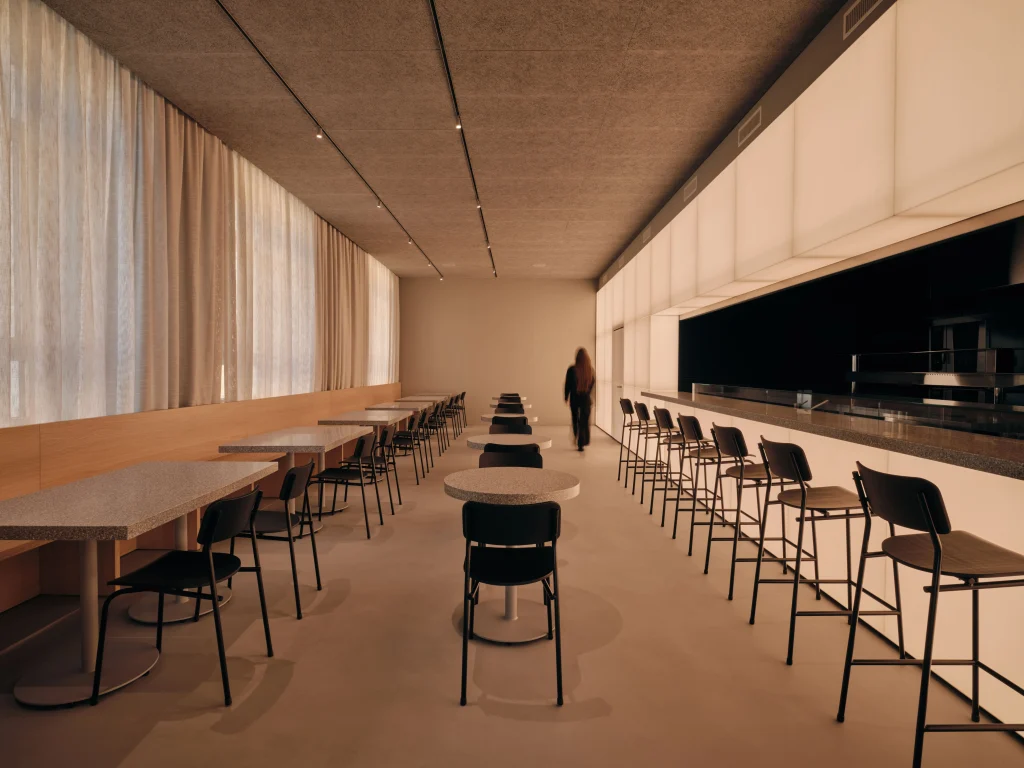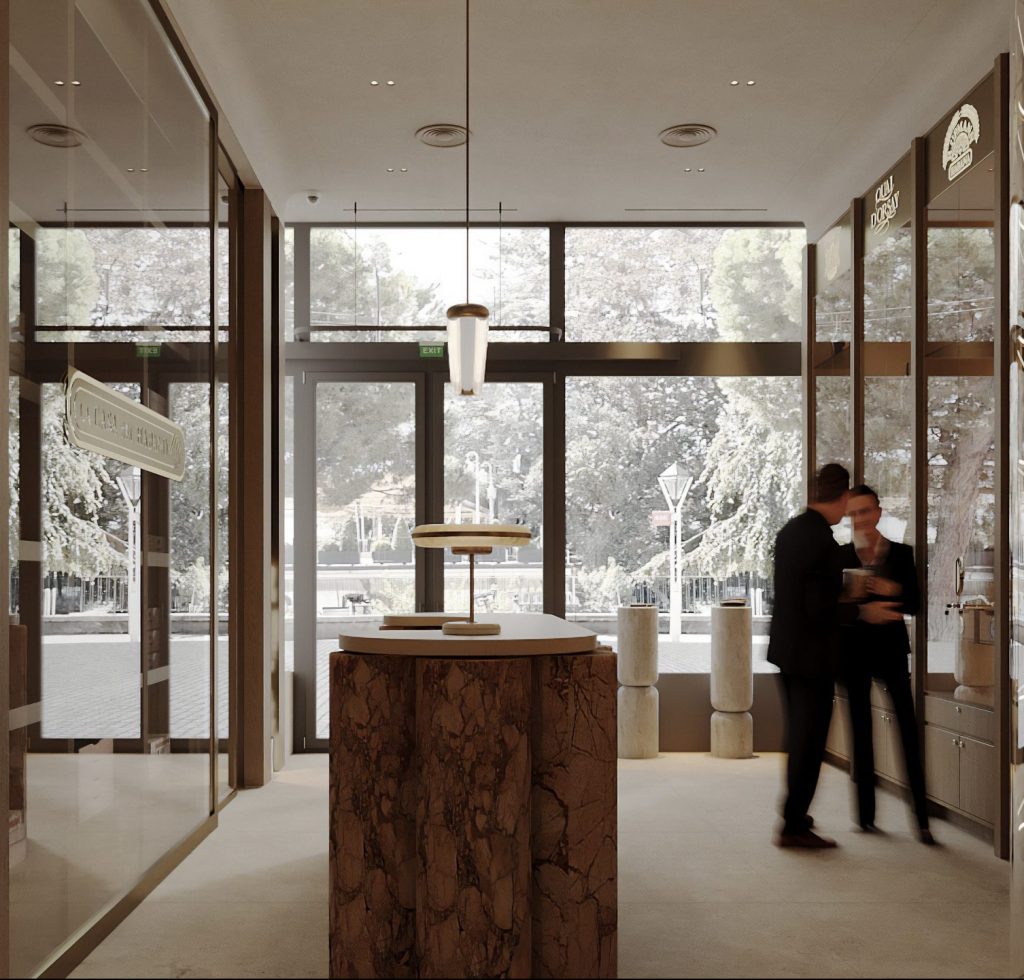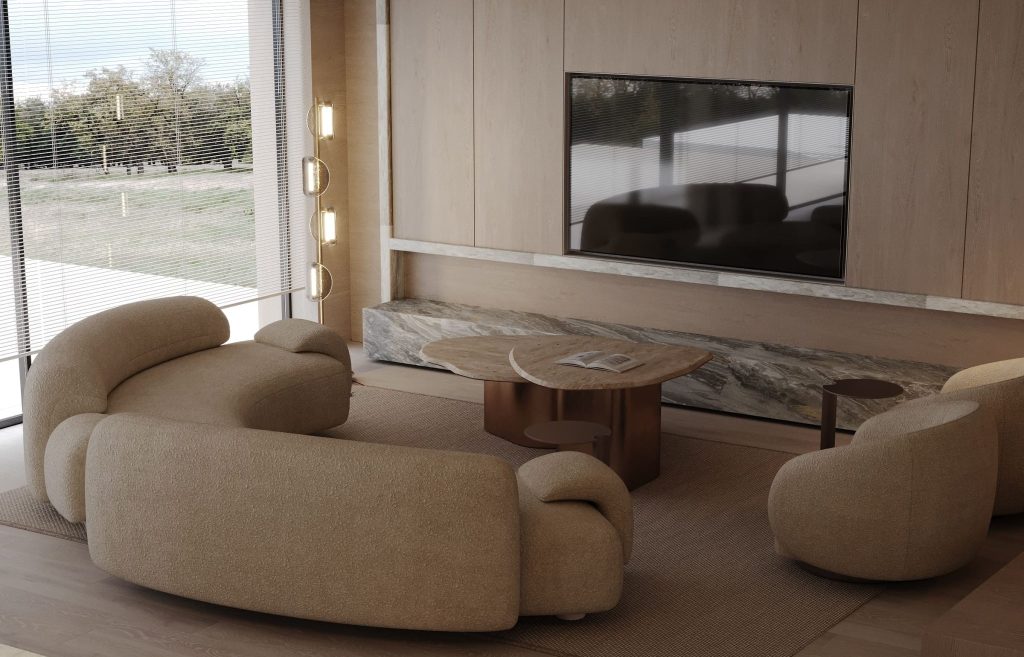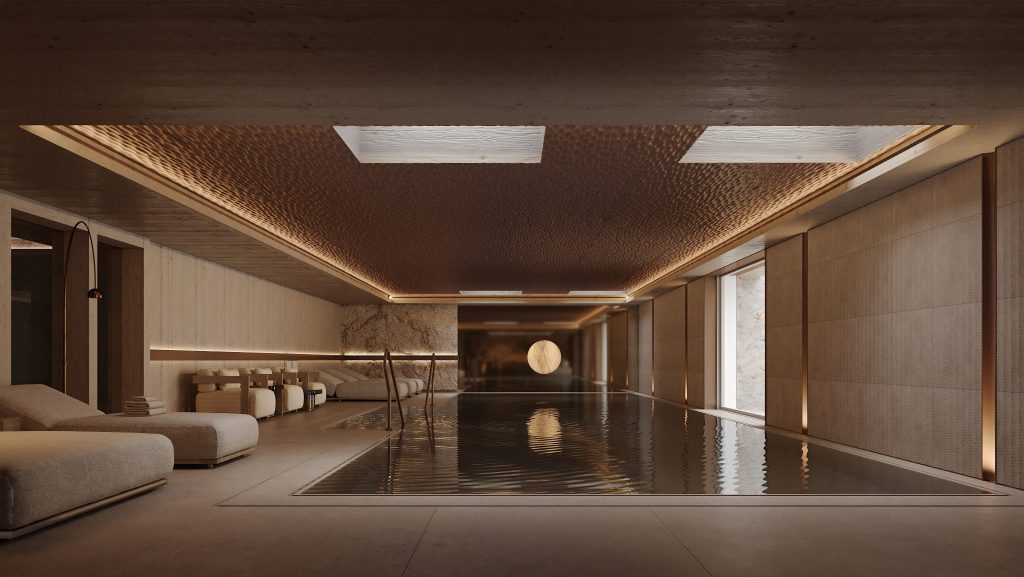Unlocking the Power of Commercial Interior Design: A Comprehensive Guide
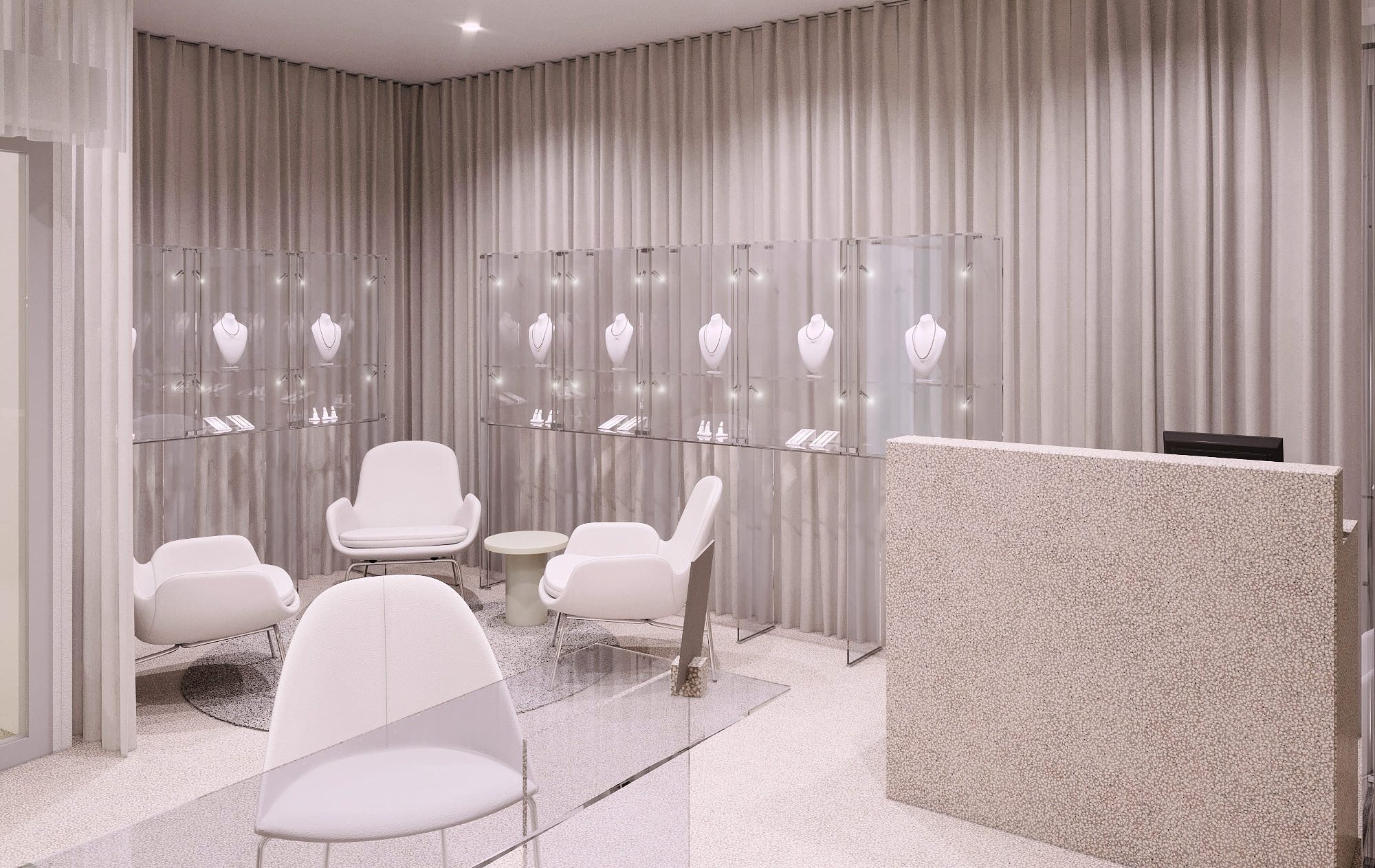
Understanding the Basics of Commercial Interior Design
Commercial interior design is about more than just creating attractive spaces; it's a strategic combination of aesthetics, functionality, and identity. Working like a visual translator, it communicates your brand story to anyone who enters your space, reinforcing your organizational identity and value proposition. When executed well, commercial interior design optimizes your space for both efficiency and comfort, offering a seamless integration of your brand's identity with the practical needs of the users.
A crucial element at the heart of commercial interior design is the concept of purposeful design. This approach ensures every piece, whether furniture, accessory, or architectural detail, is not only aesthetically pleasing but also serves a specific purpose and contributes to the overall functionality of the space.
Importance of Commercial Interior Design: Why Does it Matter?
When you immerse yourself into the influential sphere of commercial interior design, you're not merely dealing with decoration or business interior aesthetics. On the contrary, this field bridges the gap between functionality and eye-catching design, shaping the fundamental architecture of your business' ambiance.
The strength of your business is not only in the service or products you offer but also in the experience you provide to your customers. How they feel when they enter your door can often swing them from mere bystanders to enthusiastic brand advocates. Herein lies the magic of commercial interior design - it can transform simple spaces into powerful stimuli, triggering the right emotional reactions.
An effective commercial interior design tells your brand's story, reflects your values, and communicates your message to clients. It can facilitate better workflow, increase efficiency, and make workspaces more comfortable.
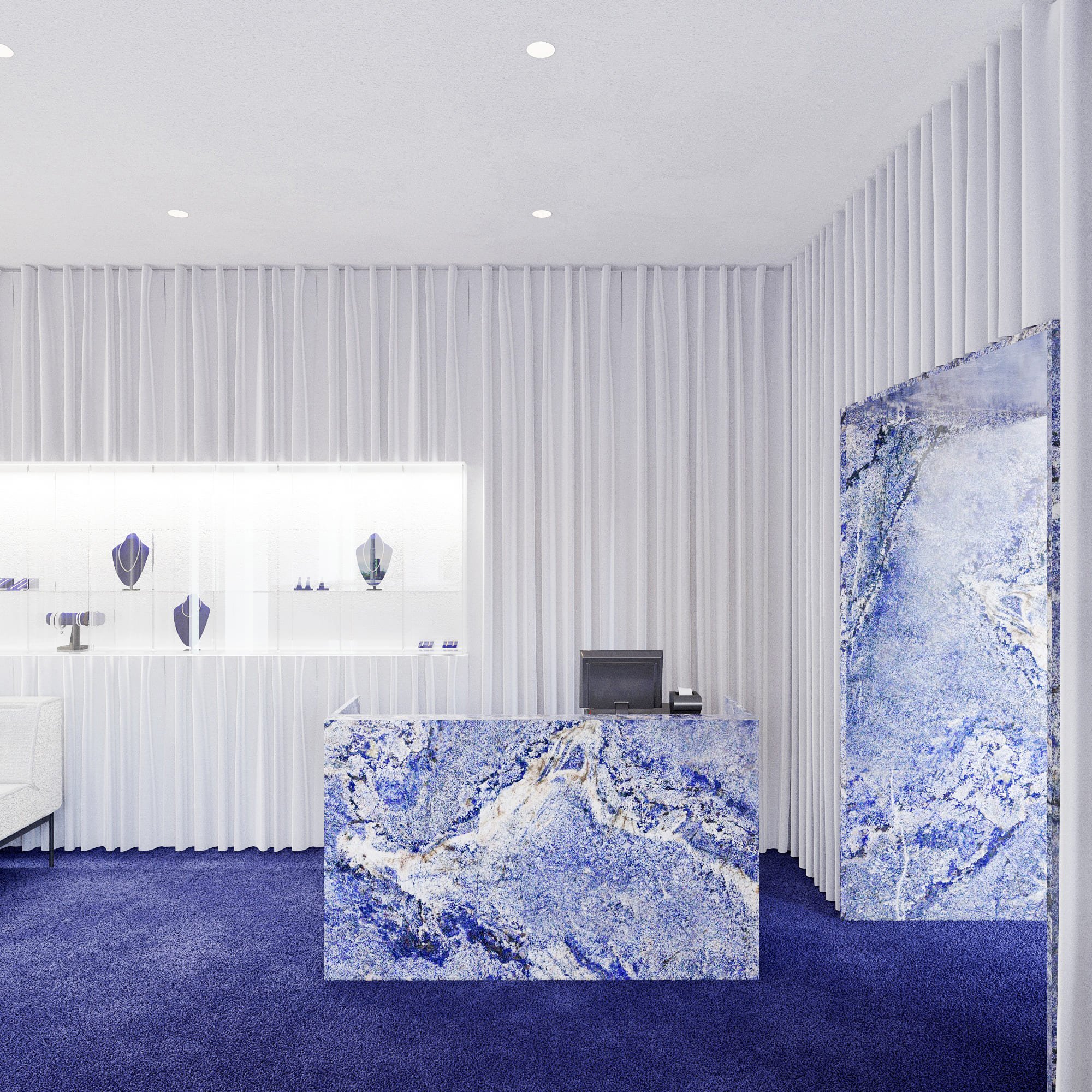
The Key Elements in Successful Commercial Interior Design
Among the prominent aspects of commercial interior design is the increasing emphasis on wellness. This wellness-centric approach greatly influences how commercial spaces are conceived and implemented, especially office interior design. Several key elements contribute to this wellness-centric design approach.
Maximizing natural light is one such element. Natural light is not only energy-efficient, but it can also create a more appealing environment. It enhances mood, improves employees' productivity, and, in turn, positively impacts the overall business performance. Consequentially, windows, open spaces, and reflective surfaces become invaluable in a design that intends to make the most of natural illumination.
Color palette selection is another equally significant aspect. Employing calming colors helps create an environment conducive to stress reduction and increased focus, adding value to the employee experience. Whether it's the subdued hues of nature or select bright accents that stimulate creativity, colors have a direct impact on a space's perceived atmosphere. In retail space design, the careful selection of colors can influence customer behavior, evoke emotions, and ultimately enhance the overall shopping experience.
Furniture selection, from both comfort and style perspectives, forms the backbone of an inviting and functional space. Ergonomics and aesthetics go hand-in-hand now more than ever, underlining the importance of choosing the right furniture.
The layout of a commercial interior space is another principal ingredient that shapes its success. A well-conceptualized layout plays a vital role in enabling smooth traffic flow, encouraging social interaction, and ensuring optimal use of space. Think about it this way - you're not just positioning furniture and decor; you're sculpting an environment that directly impacts the experiences and interactions of those within it. This concept is particularly relevant in workplace layout optimization, where the arrangement of furniture and design elements is strategically planned to foster collaboration, productivity, and employee well-being.
A carefully planned layout also embodies multifunctionality and flexibility, two of today's critical commercial design trends. That moveable wall might serve as a partition during a morning meeting, but come lunchtime—an open canteen environment. The same goes for that stylish ottoman: a seat by day, an impromptu coffee table by night. These dynamic design concepts arise from the love for spaces that adapt and evolve, breaking the mold of static environments. The essence here is to create areas that morph and accommodate user needs throughout the day.
Remember, commercial interior design is an investment in your business; it can contribute to fostering a comfortable environment, encouraging productivity, and ultimately driving business success.

Commercial Interior Design: An Investment, Not an Expense
Diverting funds toward revamping your business's interior design might be seen as a hefty expense at first glance. But let's change that perspective. When you enlist the help of a professional commercial interior designer, it becomes a strategic investment.
Why call it an investment? Well, a meticulously designed commercial space isn't simply an appealing backdrop—it's an active participant in your productivity and profitability. It can encourage employee productivity and morale, brand identity and perception, and customer satisfaction and loyalty.
A positive transformation in the work environment also does wonders in establishing and amplifying your brand voice. It conveys a silent message to your clients, helping shape their perceptions and experience of your brand. Future-oriented companies understand the pivotal role that design plays in their success and are keen to maximize the potential of their workspaces.

The Role of Commercial Interior Design in Customer Experience
Commercial interior design plays an instrumental role in curating a meaningful customer experience. It's more than just arranging furniture and picking out the right color schemes – it’s about setting the stage for impactful interaction between your brand and your clientele. By leveraging the tools of design, you decide how customers perceive and connect with your brand.
Consider the ambiance of a restaurant or the layout of a retail shop. These settings don't happen by accident; they're carefully planned by knowledgeable interior designers who shape the space to elicit certain behaviors and emotions. When patrons step into your space, they’re under the enchantment of your strategic design, feeling comfortable, welcomed, and ready to engage with your business in a positive way. This principle applies equally to retail store interiors, where every aspect of the design is meticulously crafted to enhance the shopping experience and increase customer satisfaction.
A well-executed commercial interior can create not just an environment but an experience that conveys the essence of your brand. A positive physical interaction can incite customer loyalty, repeat business, and word-of-mouth marketing. It’s about ensuring your commercial space is not simply a place for transactions but an extension of your brand’s story, values, and promise to the customer. This principle is particularly prominent in hospitality interior design, where every detail is crafted to immerse guests in a memorable and captivating experience that resonates with the brand's identity and values.

Exploring the Trends in Commercial Interior Design
1. Sustainability: With increasing global awareness about environmental issues, commercial interiors are steering towards sustainability. Manufacturers provide sustainable design solutions that help businesses reduce their environmental footprints with eco-friendly furnishings and finishes.
2. Burst of Color: The concept of minimalism in commercial design is undergoing an intriguing evolution. Rather than sticking with austere palettes, designers are incorporating bold color bursts into interiors. This helps to create interest and break up monotony in commercial spaces.
3. Material Diversity: The knock-on effect of the evolution of minimalism is a vibrant mix of materials in commercial interior designs. This palette includes a diverse range of textures and finishes, adding depth and character to the space. It also allows designers an almost endless array of possibilities to create unique, engaging environments.
4. Adaptable Layouts: Flexible, adaptable spaces are quite a trend, facilitating easy reconfiguration based on the changing needs of businesses and their employees.
5. Nature-Infused Spaces: Incorporating elements of nature into commercial interiors, also known as biophilic design, continues to be a major trend. Expect to see more indoor plants, natural light, and nature-inspired textures and patterns.
6. Technology Integration: With the rise in remote working norms, technology integration in commercial interiors is crucial to support digital communication, remote meetings, and rapid information sharing.
7. Wellness-Centric Spaces: Emphasis on wellness is making its way into commercial design. Spaces are being created with features aiding relaxation, focus, fitness, and healthy living, fostering employee well-being andcomfort. In office space planning, the integration of wellness-centric elements such as dedicated relaxation areas, ergonomic furniture, and access to natural light and greenery is essential for creating environments that support employee health and productivity.
